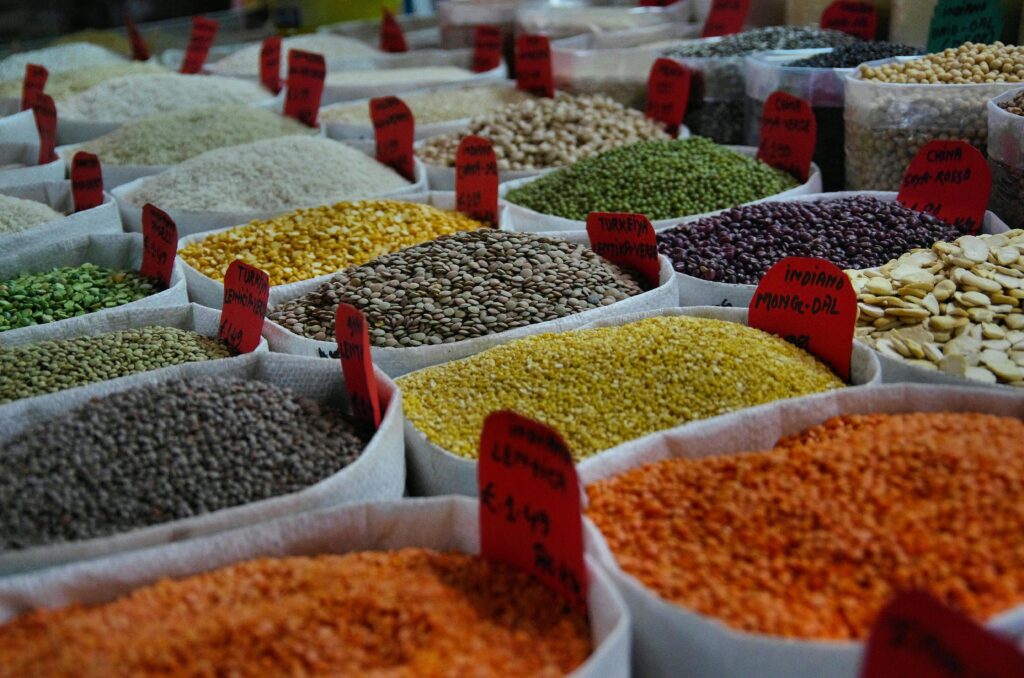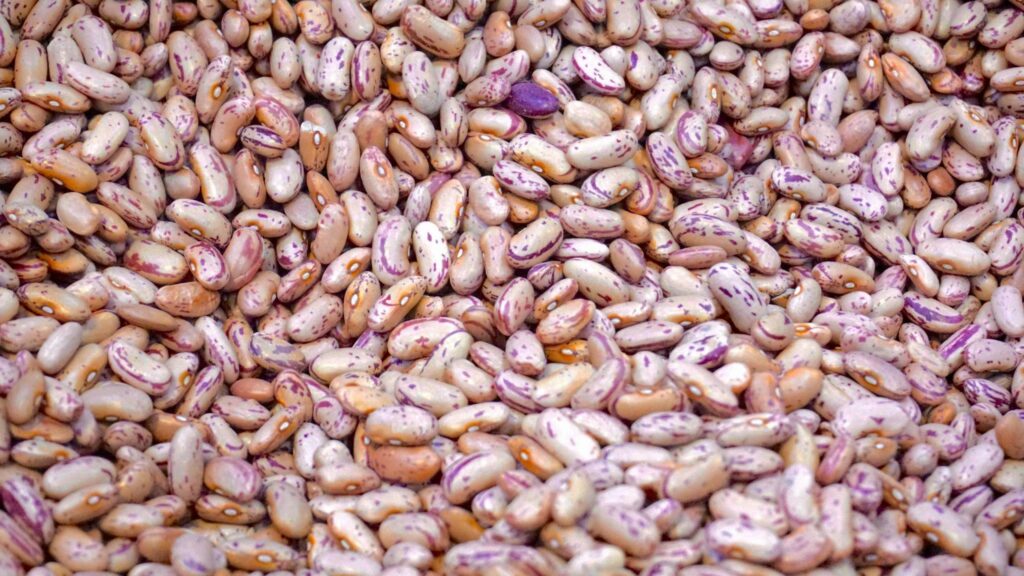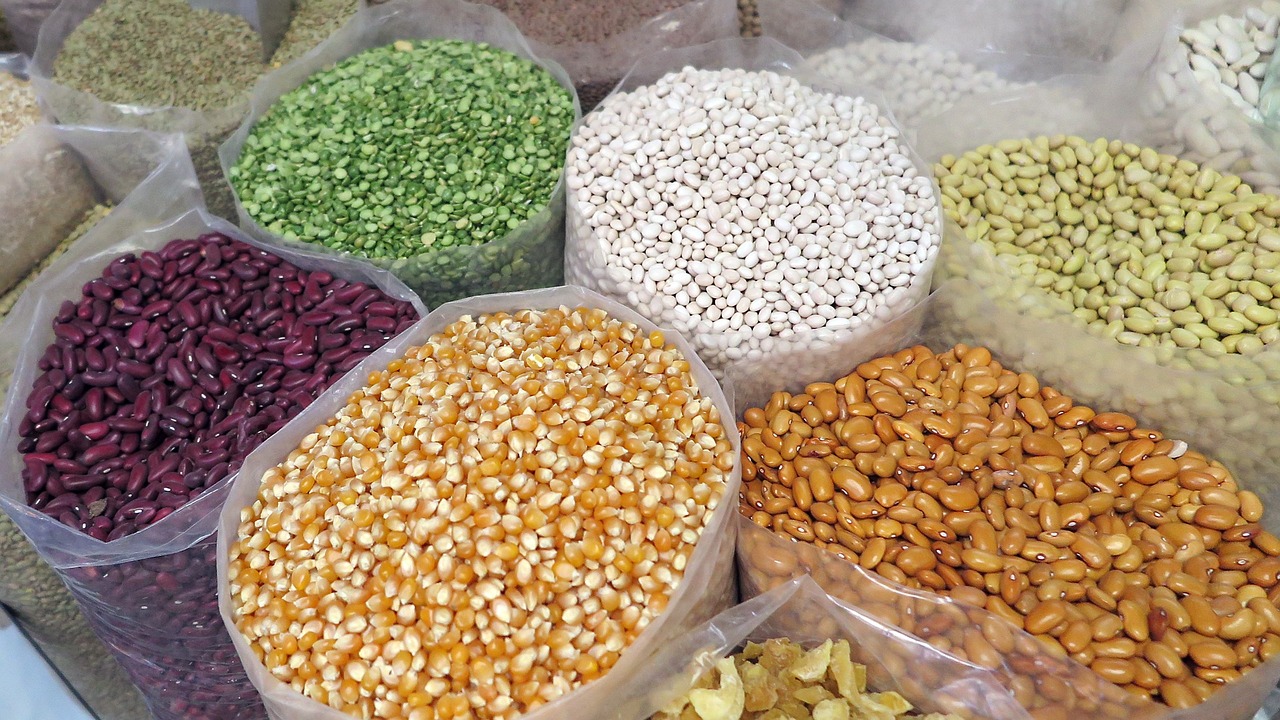Introduction:
This is a paragraph.
Research shows people who eat beans 4x weekly weigh 2.5 pounds less on average than non-bean eaters. Let’s explore the top varieties.
Top Weight Loss Beans
Alright, here goes my attempt at writing a blog section on “Top Weight Loss Beans” based on your instructions:
I’ll be honest, when I first started trying to lose weight, I had no idea that beans could be such a powerful ally in my journey. But after doing some research and experimenting with different types, I’ve become a total bean evangelist!
Now, I know what you might be thinking – aren’t beans just a “musical fruit” that makes you toot? And sure, that can be a side effect for some folks. But trust me, the benefits of incorporating the right beans into your diet far outweigh any potential awkwardness in yoga class.
So, what makes a bean one of the “top weight loss beans”? Well, first off, you want to look at the protein and fiber ratios. The higher the better on both counts. Protein helps keep you feeling full and satisfied, while fiber helps regulate digestion. Some all-star options in this category include navy beans, black beans, and lentils.
Another factor to consider is the glycemic impact, which basically means how quickly the beans make your blood sugar spike after eating them. You generally want to stick with low glycemic options to avoid those hunger-inducing crashes later on. Chickpeas and kidney beans are great choices here.
Calorie density is also key – you want beans that pack a nutritional punch without tons of excess calories. Avoid refried beans or those drowning in sugary sauces. Opt for no-salt-added varieties you can jazz up yourself with spices.
Which brings me to satiety factors – or how well the beans fill you up and keep you feeling that way. Edamame is a superstar in this realm, as its unique combo of protein, fiber and healthy fats is super satiating.
Finally, don’t sleep on the overall nutrient profiles of your beans. While they’re all generally nutritional powerhouses, some like pinto beans and soybeans have added benefits like bonus antioxidants and minerals.
The bottom line? Experiment with different beans to find your faves, but know that virtually any of them can be a boon to your weight loss goals when prepared in a healthy way. Don’t be afraid to think outside the burrito – toss them on salads, blend them into dips, or even bake them into brownie recipes (yes, really!). Your hungry, slimming-down self will thank you. Just maybe warn your cubicle mate first!

Preparation Methods
Okay, let’s talk preparation methods for beans. Because let’s be real, you can buy all the “top weight loss beans” you want, but if you don’t prep them right, you’re not going to reap the maximum benefits. And trust me, I’ve made my share of bean blunders over the years!
First up, let’s talk soaking techniques. I used to just dump my dry beans in a pot with some water and call it a day. Big mistake. Huge. Soaking your beans before cooking not only cuts down on cook time, but also helps break down some of those hard-to-digest compounds that can lead to, ahem, excess flatulence. Aim to soak for at least 4 hours, or even overnight if you’re really on top of your game.
When it comes time to cook those suckers, low and slow is the name of the game. Crank the heat up too high, and you’ll end up with broken, mushy beans that look like they belong in a baby food jar. Patience is a virtue here – simmer until tender and enjoy the wafting aroma of bean-y goodness.
Now, I know some of you may still be scarred from past bean-related digestive distress. Fear not! There are plenty of ways to boost bean digestibility beyond soaking. Try adding a strip of kombu seaweed to your cooking liquid, or sprinkling in some epazote herb. You can also try popping a digestive enzyme supplement before chowing down.
Once cooked, proper storage is key to avoiding spoilage and maintaining freshness. I like to let my beans cool completely before transferring to an airtight container in the fridge. They should keep for about a week this way. You can also freeze cooked beans for up to 6 months – just be sure to leave some headspace in the container for expansion.
Last but not least, let’s talk portion control. It’s easy to go ham on the beans when they’re so dang tasty and good for you. But like any food, moderation is still important. Aim for about ½ cup to 1 cup of cooked beans per serving, depending on your overall calorie goals. I like to pre-portion cooked beans into individual containers so I’m not tempted to overdo it.
And there you have it – your ultimate bean prep guide! With the right techniques and a little forethought, beans can seamlessly fit into even the busiest of schedules. Your taste buds (and waistline) will thank you. Now if you’ll excuse me, I have some black bean brownies calling my name…
Meal Planning Strategies
Alright, let’s dive into some meal planning strategies to help you incorporate those weight loss beans into your daily life. Because let’s face it, if you don’t plan ahead, those beans are just going to sit in your pantry collecting dust.
First things first, set aside some time each week for bean prep. I like to do mine on Sundays, but find what works for you. The key is to cook up a big batch that you can use throughout the week. Trust me, your future self will thank you when you’re looking for a quick and healthy meal option.
Now, onto combination ideas. Beans are like the swiss army knife of ingredients – they play well with so many different flavors and textures. Toss them in salads, soups, stews, you name it. I’m a big fan of using black beans in my morning scramble for a protein boost. And don’t even get me started on roasted chickpeas as a crunchy snack!
If you’re looking for more specific recipe suggestions, oh boy do I have some goodies for you. How about a white bean and kale minestrone for a cozy winter meal? Or a summery three bean salad with a zingy vinaigrette? And let’s not forget the classic rice and beans combo – it’s a classic for a reason!
Timing-wise, I find it helpful to have a rough plan of when I’m going to incorporate my bean dishes throughout the week. I’ll usually start with that big pot of beans on Sunday, then use them in various lunches and dinners over the next few days. The key is not to let them languish in your fridge for too long – after about 5 days, it’s time to either freeze the rest or let them go (RIP to the forgotten beans in the back of my fridge drawer).
Last but not least, let’s talk shopping tips. If you’re starting from scratch with your bean journey, I recommend stocking up on a few different varieties to play around with. Think black beans, cannellini beans, garbanzos, and lentils for starters. And don’t feel like you need to buy everything dry – canned beans can be a great time-saver when you’re in a pinch. Just be sure to give them a good rinse first!
With a little planning and creativity, beans can become a staple in your weight loss journey. Who knew these little legumes could be so versatile and delicious? I certainly didn’t at first – but now I’m a full-on bean queen! Happy meal planning, my friends.
Common Mistakes
Alright folks, let’s talk about some of the common mistakes people make when trying to incorporate beans into their weight loss journey. Trust me, I’ve made my fair share of bean blunders over the years, so you can learn from my missteps!
First up, portion errors. It’s easy to go overboard on the beans, especially when they’re so dang tasty. But even though they’re healthy, they still have calories. I remember one time I made this amazing black bean soup and ate the whole pot in one sitting. Let’s just say my stomach (and waistline) didn’t thank me later. Stick to about 1/2 to 1 cup per serving, and you’ll be golden.
Next, let’s talk preparation issues. Beans can be a little finicky if you don’t treat ’em right. One time, I tried to rush the soaking process and ended up with crunchy, undercooked beans in my chili. Not a good look. Make sure you give them a good soak and cook them low and slow for the best texture.
Storage problems can also trip people up. I once made a big batch of kidney beans and left them in the fridge for way too long. When I finally went to use them, they had started to sprout and smelled funky. Not exactly appetizing. Make sure you store your cooked beans in an airtight container and use them within 5 days, or freeze them for longer-term storage.
Now, let’s address the elephant in the room: digestive concerns. Beans have a reputation for causing gas and bloating, but it doesn’t have to be that way. One mistake I made early on was not properly rinsing my canned beans. All that excess starch and salt can really do a number on your gut. Give them a good rinse and consider adding some digestive aids like kombu or epazote to your cooking liquid.
Finally, let’s talk seasoning pitfalls. Beans can be bland on their own, so it’s important to jazz them up with some flavor. But one time, I got a little too heavy-handed with the cumin in my black bean burgers and ended up with a mouth full of fire. Start with small amounts of seasonings and adjust to your taste preferences.
The key with beans is to learn from your mistakes and keep experimenting. Trust me, I’ve had my share of bean disasters, but I’ve also discovered some truly delicious and satisfying recipes along the way. Don’t let a few missteps discourage you from incorporating these nutritional powerhouses into your diet. Your taste buds (and waistline) will thank you in the long run!

Integration Tips
Here are some tips for integrating beans into your diet for weight loss:
Meal Timing:
– Include beans at any meal, but they work especially well at lunch and dinner. A bean salad or soup makes a filling, nutritious midday meal. Beans are also a great option for meatless dinners.
– If you’re prone to blood sugar crashes, pairing beans with a healthy carb at breakfast can provide sustained energy. Think a black bean and veggie scramble with a piece of whole grain toast.
Food Pairings:
– Beans pair well with a variety of flavors and cuisines. Experiment with different veggie, grain, and protein combinations.
– Some classic pairings include rice and beans, beans and greens (like in a kale and white bean soup), bean and veggie tacos, hummus and raw veggies, and three bean salads.
– Get creative and try less traditional pairings too, like roasted chickpeas on a salad or pureed white beans in a smoothie for a protein and fiber boost.
Weekly Frequency:
– Aim to include beans in at least 3-5 meals per week for maximum benefit. You can rotate different types for variety.
– If you’re new to eating beans regularly, start with 1-2 meals per week and gradually increase to avoid any digestive discomfort as your body adjusts.
Serving Sizes:
– A serving of beans is generally 1/2 cup cooked. This is a good starting point, but you may need more or less depending on your calorie needs and the other foods in your meal.
– For reference, 1/2 cup of cooked beans contains around 100-120 calories and 7-8g of protein on average. Adjust portions accordingly to fit your goals.
Recipe Ideas:
– Homemade veggie burgers using mashed black beans or chickpeas as a base
– Creamy white bean dip served with raw veggies
– Hearty lentil and vegetable soup
– Edamame hummus
– Roasted chickpea snacks flavored with different spices
– Pinto bean and veggie enchiladas
– Tuscan kale and white bean pasta
– Black bean brownies (yes, really!)
The key is to get creative and find recipes and meal ideas that excite you. Beans are such a versatile ingredient, so don’t be afraid to think outside the box. With some simple meal planning and tasty recipes in your toolkit, beans can become a staple food to help you reach your weight loss goals. Happy cooking!
Conclusion:
Start with 1/2 cup servings of lentils or black beans 3-4 times weekly.
